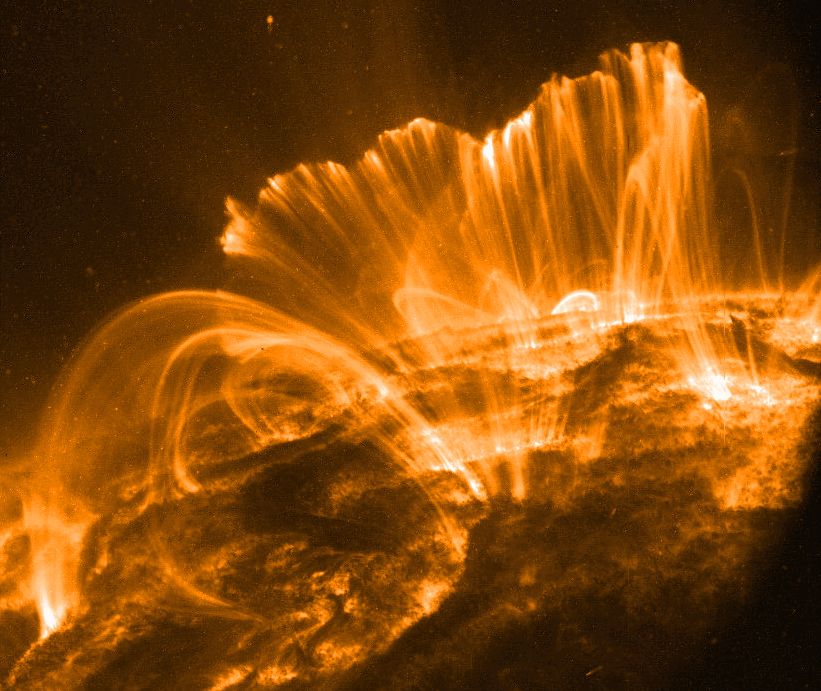Our Sun is a pretty impressive thing - a naturally formed nuclear fusion reactor, so huge its gravity measurably distorts space and time.. When it throws a wobbly - like an x class flare - it can cause radio blackouts, damage power grids and knock out satellites.
But evidence is emerging that the Sun can sometimes put out a flare that is less a tantrum, and more a full on rage: It seems our Sun might be capable of sending out a superflare a thousand times stronger than anything in recorded history - a flare that would devastate today's technology dependant civilisation.
 |
| Above: Areas of twisted magnetic field on the Sun, a precursor to a flare or coronal mass ejection. Courtesy of NASA. |
ESA explains the importance of sea level in climate change
Climate change is almost always in the news these days, either because of people trying to stop it or trying to pretend it isn't happening. But lets be honest, most of us don't know much about what the detailed mechanisms behind climate change are. In this video ESA explains the role of sea level, and why it's one of the things they monitor.
British mission to measure exoplanet atmospheres
Twinkle is a low-cost mission, built be the University of Central Lancashire and Surrey Satellite Technology, that will use spectroscopy to decode the light from hundreds of extrasolar planets. Twinkle will be able to reveal, for the first time, the chemical composition, weather and history of worlds orbiting distant stars - not quite as good as the starship Enterprise, but it's a step along the road. The Twinkle satellite will be built in the UK and launched into a low-Earth orbit.
 |
| Above: The Twinkle spacecraft - looking very un-twinkly and slightly death-ray like if you ask me. |
ESA's lunar symposium - what's next for our Moon?
The ESA space exploration strategy and the ISECG Global
Exploration Roadmap underline the strategic significance of the Moon in a
global space exploration endeavour.
The international vision for lunar exploration calls for a
new era of coordinated human and robotic missions enabled by broad
international cooperation.
The ISS programme has demonstrated the importance of a
robust international partnership for ISS development, assembly,
operations and effective utilisation.
Now is the time to build on this partnership and open it to
new partners to continue the journey beyond low Earth orbit.
The symposium "Moon 2020-2030" will be a key step in
advancing the international approach for lunar exploration together with
key players from agencies, academia, and industry.
I personally look forward to the innovative ideas and
mission that will be discussed and the feedback from the stakeholders.
Thomas Reiter
ESA Director of Human Spaceflight and Operations
 |
| Above: ESA's pan for a lunar transport architecture. |
No comments:
Post a Comment